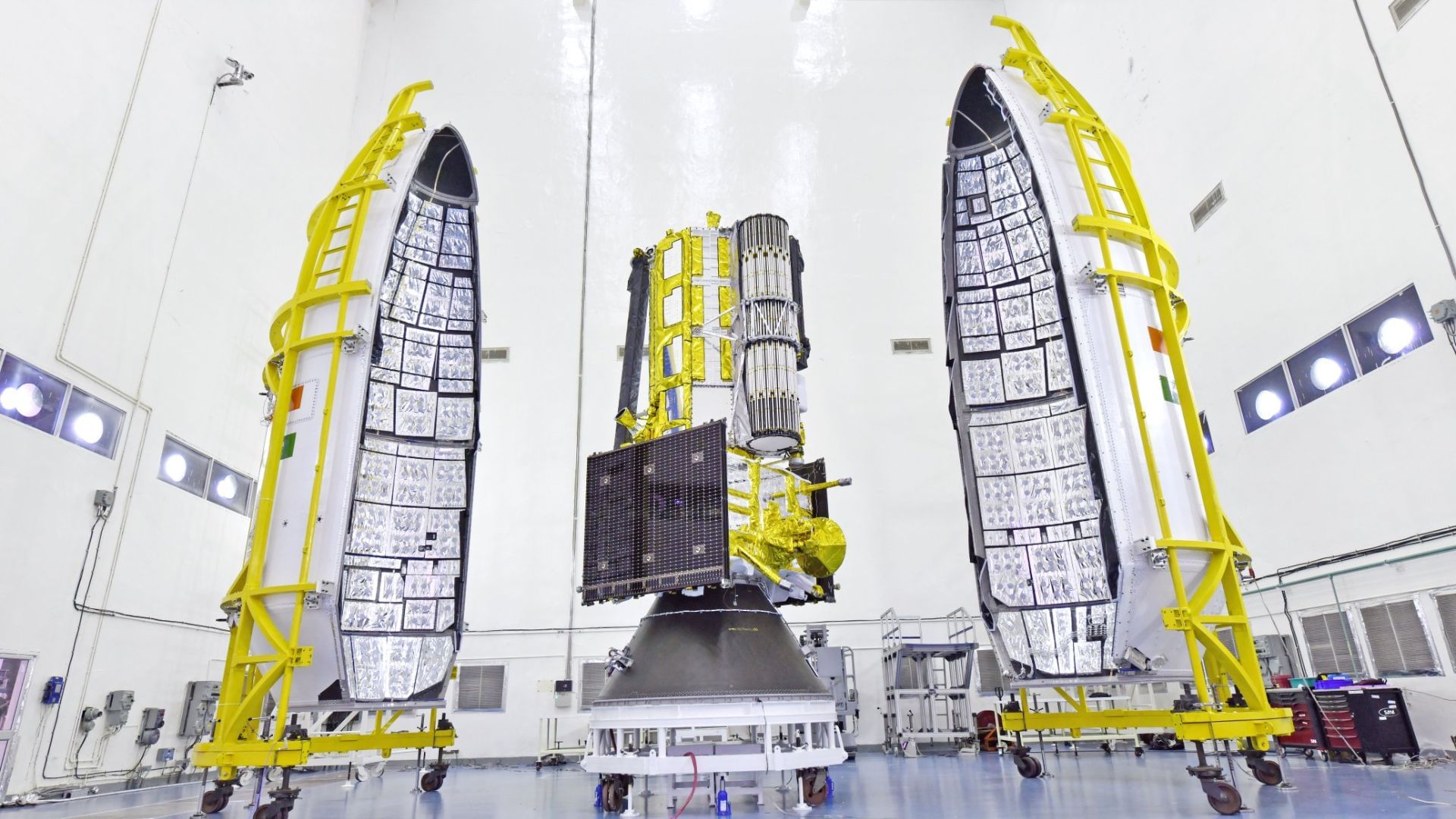New Delhi: ISRO has scheduled the GSLV-F16 flight to launch the NASA-ISRO Synthetic Aperture Radar satellite on 30 July, at 17:40 hours IST from the Satish Dhawan Space Centre in Sriharikota. The GSLC-F16 rocket will inject the NISAR satellite into a sun-synchronous orbit (SSO) at an altitude of 743 kilometres. The NISAR satellite weighs 2392 kg and is the first collaboration of its kind between NASA’s Jet Propulsion Laboratory (JPL) and ISRO’s Space Applications Centre (SAC). Initially, NASA approached ISRO with a plan of using India’s satellite and launch vehicle to deploy the technology, but ISRO negotiated a more equitable partnership with equal participation.
There are two synthetic aperture radar (SAR) payloads on the satellite, an L-band SAR by NASA and an S-band SAR by ISRO. Both these SAR payloads will use the same 12m unfurlable radar reflector antenna, that is attached to a boom. The satellite will be the first to use the innovative SweepSAR technology. The satellite will be able to cover the entire world every 12 days, in all-weather and lighting conditions. The satellite is capable of detecting small changes in the surface, that is useful for tracking everything from the health of forests to the movement of ice sheets.
NISAR will monitor the health of the planet
The mission has been in development since 2007, when such a satellite was identified as a requirement by the Earth Science Decadal Survey. There was a need for a dedicated instrument to track changes in ice sheets, vegetation, as well as deformations in the surface. NISAR has the capability of peering through obscuring clouds, and operate through the day and night. NISAR is the most expensive satellite ever built for Earth observation. This is a satellite that will monitor the health of the planet, and benefit all humans on the Earth. All the data gathered from the mission, will be publicly shared by both NASA and ISRO.
